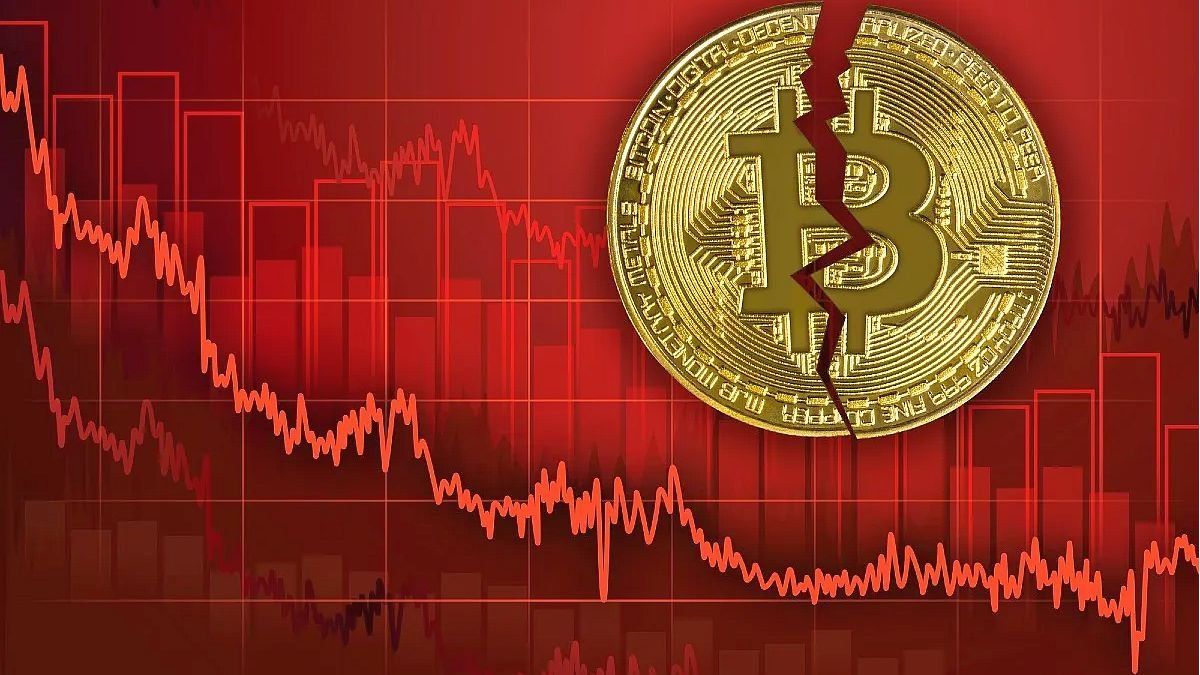In this sense, it is important to highlight that cryptocurrencies are risky assets. They are volatile assets have no intrinsic value, do not have a physical support and are not issued or regulated by a central bank. This explains, in part, the high volatility of this type of asset.
And are stablecoins less risky?
This is where things get complicated and there is no easy answer.
Stablecoins, such as Terra (UST), Tether (USDT), USDCoin (USDC) were born as an alternative to the volatility of Bitcoin (BTC), Ethereum (ETH) and the other cryptocurrencies.
According to the FED, stablecoins are “digital assets that are designed to hold a stable value relative to a national currency or other benchmark assets.”
In this way, stablecoins are said to hold a peg (parity) with a collateral asset. These two concepts are key.
If one acquires a stablecoin, one has to analyze what the collateral asset is. There are different types of stablecoins, depending on the asset that backs it:
– Stablecoins collateralized (backed) with fiat money: In this group are the stablecoins that maintain a parity of 1 to 1 with a fiat currency (dollar, euro, etc.). In these cases, we say that the collateral is fiat money. This means, in principle, that for each token (unit of the cryptocurrency) there is a backing dollar, euro or Japanese yen. To achieve this parity (peg), the companies behindthese stablecoins hold reserves. Now, this is where things get interesting. These reserves are not necessarily 1 to 1 and they are also not entirely in fiat currency.
Let’s take for example Tether (USDT), which is one of the most well-known stablecoins. According to its latest reserve breakdown (transparency.label (tether.to)) on 03/31/2022, its composition is as follows:
85.64% of the reserves are cash and cash equivalents and other short-term deposits and commercial paper. The rest are other investments (6.02%); guaranteed loans (3.82%); corporate bonds, funds and precious metals (4.52%).
Of the 85.64%, 55.53% are US Treasury Bills and 28.47% are Commercial Papers and Certificates of Deposit. Only 5.81% are cash and bank deposits.
It can be noted that Tether reserves are not entirely made up of dollar bills. This poses different risks.
tether.jpg
Tether is one of the big ones in trading platforms.
crypto247
As the FED points out in its May 2022 Financial Stability Report, assets backing stablecoins “may lose value or lose liquidity during times of stress.” […] These vulnerabilities may be exacerbated by a lack of transparency regarding the risk and liquidity of the assets backing stablecoins.”
In turn, the other point to consider is whether one has the right to redeem and redeem each unit of USDT or USDC for one dollar. According to the analysis of the expert medium Cointelegraph, stablecoin issuers do not guarantee end users the right to claim the return of fiat currency (dollar, euro, etc.). Thus, even if it is advertised that one USDT is equivalent to one dollar bill, the end user will not always have the right to claim that conversion. And even if he manages to redeem his investment, instead of receiving a dollar for each token, he could receive any of the assets that make up the Tether reserve (which we have already seen, they are diverse).
– Stablecoins collateralized (backed) with another cryptoactive: in this case, each token is backed by the reserves of another cryptocurrency. Here there is the risk of the volatility of the collateral cryptocurrency itself (the one that works as a backup).
– Collateralized (backed) with other goods (commodities): they are stablecoins that are backed by a physical asset, such as gold.
– Controlled by algorithms: In these cases, the stablecoins are not backed by any external asset, but instead maintain the peg (parity) through a system that uses smart contracts.
As can be seen, stablecoins are also risky assets. This means that investing in a “stable” currency does not guarantee receiving the collateral asset that backs it.
In this scenario, what does the crypto-crash leave us? Are we facing the end of cryptocurrencies?
almost forty years ago Marcelo Diamond published the paper “The Argentine pendulum”, and used this figure to explain the political and economic ups and downs of the country. Perhaps, today better than ever, it is worth using this metaphor of the pendulum to avoid extremes. Cryptocurrencies are probably not the worst thing in the world as it seems today; nor salvation, as is sometimes reported. They are tools, technology, that present risks and also potential.
Blockchain technology, cryptocurrencies and asset tokenization do indeed have enormous potential.
These are technologies that increase transparency, traceability of operations and reduce intermediation costs.
They also have the potential to promote financial inclusion, since not everyone has a bank account, but everyone does have a smartphone.
Blockchain technology and asset tokenization allow the fractional ownership of physical assets, which can allow small investors to access investments that they previously could not access.
This technology could also be used to increase the accountability of public spending or, as PwC points out, to carry out elections (Making sense of bitcoin and blockchain technology: PwC), among other use cases.
The responsibility in the use of these tools falls, after all, on all of us.
The responsibility of private companies to create sustainable business models; the responsibility of the public sector to create regulatory sandboxes that allow evaluating these business models and analyzing the risks in a controlled environment to protect consumers; the responsibility of each one of us to consciously evaluate our investments and the responsibility of exchanges and actors to duly inform, in a clear way, so that each one can make decisions with informed consent.
As the uncle pointed out peter parker In Spiderman, with great power comes great responsibility.
Individual and collective responsibility (one of the underlying principles in the crypto philosophy) is the way for these technologies to have a positive impact on society.
Lawyer, entrepreneur and promoter.
Source: Ambito




